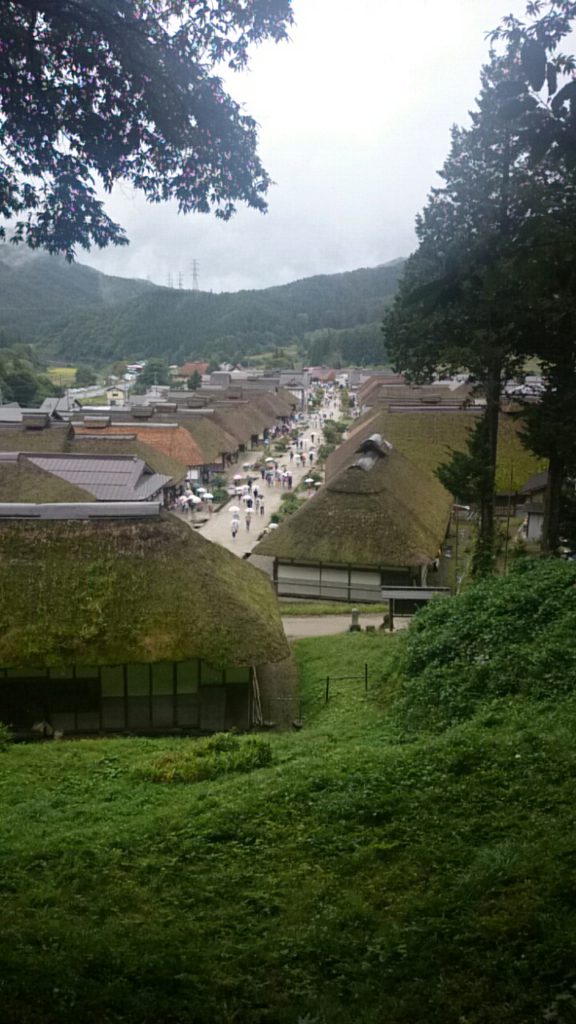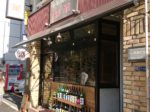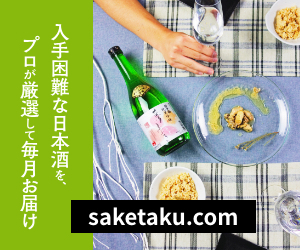- Home
- My Trip Diary
- Time Travel to Past!? Go in Ouchijuku
Time Travel to Past!? Go in Ouchijuku
- 2018/2/21

Good evening!
Thank you very much for visiting my blog.
I succeeded in updating this blog for 3 days in a row (In Japanese Version).
This is a result of staying at home for my financial and health reasons even though I’m in the middle of Golden Week (Big holiday in May).
Contents
To “Ouchijuku”
In the last blog, my report ended at going back to hotel after 2 bars.
Today is about the next day.
I enjoyed the hotel’s buffet breakfast of the local foods such as Kotsuyu (Aizu’s traditional unique soup) and local-made honey, and checked out around 9 a.m.
I thought that the hotel does a good job especially for tourists because the service was full of real local products. I hope to visit there again.
After leaving the hotel, I started the day driving my car to the south.
The destination was “Ouchijuku”.
It was a recommend of the chief of “Izakaya Aizu” of the night before.
The information I had beforehand was that Ouchijuku is a former post-town where old Japanese traditional houses with thatched roofs still remain.
I followed my car navigation system and went down to the south on the Prefectural Road 131.
This road has continuous curves, and it reminded me of my days in home town in Gunma Prefecture; I was a good driver driving up and down fast the curved mountain roads of Akina-San … no I mean Haruna-San (You need to look up Japanese famous racing comics “Initial D”) and Myogi-san.
I went on this Route 131 by my Estima with a little excitement … of course, under the speed limit ^^;
After crossing a pass and driving down for a little, Ouchi Dam appeared in my view.
The next photo is taken from the road along the dam.
The next one is from the same place, but other side which I though is Ouchijuku’s direction.
There seemed to be something like a village at the base of mountain.
I kept going towards the village along the dam lake. After a while, there was a person for traffic control and he was waving a rod to me.
I stopped my car and talked to him from the seat. He told me that Ouchijuku has parking areas at the north side and the south, and usually sightseeing buses or tourists go to the south one but it was full on that day. He told me to go to the north instead.
I looked at the north and found a gravel parking area. I just followed the man’s instruction.
Arriving at “Ouchijuku”
It took a while from the north parking area to Ouchijuku, and the way was a forestry road.
The day was a cloudy day with occasional rain, so the ground was a bit muddy.
It still only took 10 minutes.
If you choose the way through the top of the hill, you can see the view like the next photo.
I walked on the street with trees surrounding me under a dull sky, and suddenly this vivid sight appeared.
It surprised me and I felt as if I came back to Edo period.
By the way, tourists normally arrive at this Ouchijuku from the south. If you come from the south, the entrance is like this below.
It should depend on the person which is good, but I really thought that it was lucky to come from the north.
Hoshina Masayuki, who opened the town
Here I’d like to introduce a little about the history of Ouchijuku (information based on Wikipedia, the website of Ouchijuku Tourist Association, sign boards in Ouchijuku, and so on).
Ouchijuku was opened in Edo period, around 1643, as a post-town on the old road “Aizu Nishi Kaido” (“Shimotsuke Kaido”) to connect Aizu-Wakamatsu Castle and Nikko.
1643 is the year that Hoshina Masayuki became the lord of Aizu Han.
He was a younger half-brother of Tokugawa Iemitsu, and he worked as a pillar politician in the 4th Shogun, Tokugawa Ietsuna’s period.
Hoshina Masayuki was born as a son of the 2nd Shogun, Hidetada. However, because Masayuki was born between Hidetada and his maid, he was given to Hoshina Masamitsu, the lord of Shinano Takato Han, as Father Hidetada was a henpecked husband.
For such hard experience, Masayuki became an honest and able man.
Later, Shogun Tokugawa Iemitsu gave Masayuki a high evaluation for his humanity and ability, and Iemitsu awarded him a high position and 230 thousand Goku (unit to express the size of property) of Aizu are instead of 30 thousand Goku of Takato area.
At the death, Iemitsu said to Masayuki, “Lord of Higo, I entrust my dynasty to you ! (“Lord of Higo” is Masayuki’s post and name of Government)” from his concern about his little 11-year old son, Ietsuna, who is heir of Iemitsu.
Masayuki was deeply moved by his half-brother’s last words, and supported Ietsuna and worked for the Tokugawa government all his life.
He made Aizu’s precepts, and the first article was “Aizu stands to protect Shogun family, and if the Aizu lord tries to betray Shogun, the retainers must not follow their lord”.
The precepts were kept until the end of Tokugawa government, and the last Aizu lord, Matsudaira Katamori, kept working for the dying Tokugawa government.
As a result, Katamori caused the new government’s attack to Aizu, and brought big damages to the people in Aizu.
By the way, Masayuki was permitted to use a surname “Matsudaira” which was only for relatives of Shogun family.
But he used “Hoshina” until he died to express his obligation to his foster parents, and “Matsudaira” was used from the next generation.
This episode shows Masayuki’s rich humanity.
History of Ouchijuku
…… I went too far….
This Ouchijuku was opened in the year which Masayuki became the lord of Aizu Han.
I guess that the road Aizu Nishi Kaido where Ouchijuku locates was built to make the way more convenient to the Shogun’s palace as Iemitsu treated Masayuki well, and the village should have been good for the first spot to rest as it was about 20km from the Aizu-Wakamatsu Castle.
For evidence, there were special hotels only for the lord called “Honjin” or “Wakihonjin” in Ouchijuku.
Ouchijuku prospered as the lord’s post-town, and also as a center of material flow. However, natural disaster struck Ouchijuku and the road, so they went under the water.
A new road “Aizu Naka Kaido” was made as a temporary alternative, but this alternative road became the main road after all and Ouchijuku gradually became weak.
After the world war 2, the town was electrified but the townscape was kept as original because researchers who studied this area from Showa 40s found it valuable.
In later years, Ouchijuku was introduced by various medias and became a popular tourist spot.
Before it re-started as a tourist resort, there was discussions between the residents, the administration, and outsiders to consider the disadvantages from keeping the original townscape. In 1980, a local law was made and townscape preservation was decided.
Keeping the historical townscape looks good to outsiders such as tourists, but for the people who live there, it can be a restriction of their daily lives in some points.
In fact, you can see the compromise of people’s lives and tourism like the next photo.
You also see a sight of the next photo at both sides of the street in the town.
This is the irrigation canals running in the sides of streets, and I saw soda pops being cooled in the water at many places.
I learnt that people are trying to hide the new things nicely in the old town.
I stop now as I wrote too much about history. I will introduce how Ouchijuku was in the next article.
It's our great pleasure if this article is helpful for you.

Restaurant Information
| Shop Name | |
|---|---|
| Prefectures | - |
| Tel | |
| Address | |
| Nearest Station | |
| Homepage | - |
| Business Hours | - |
| Holiday | |
| Introduction | |
| Sake List |
|









